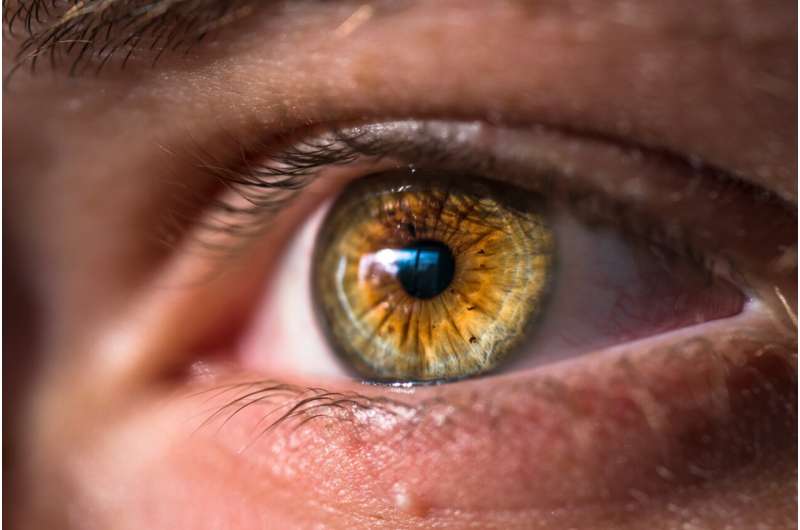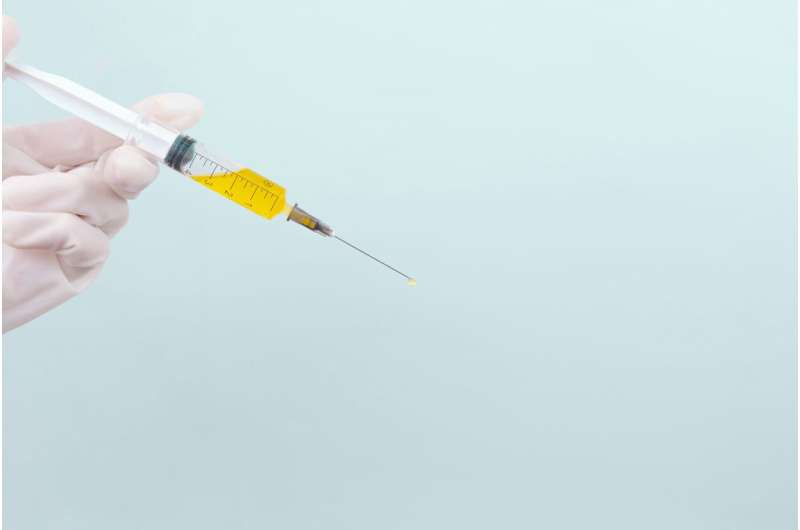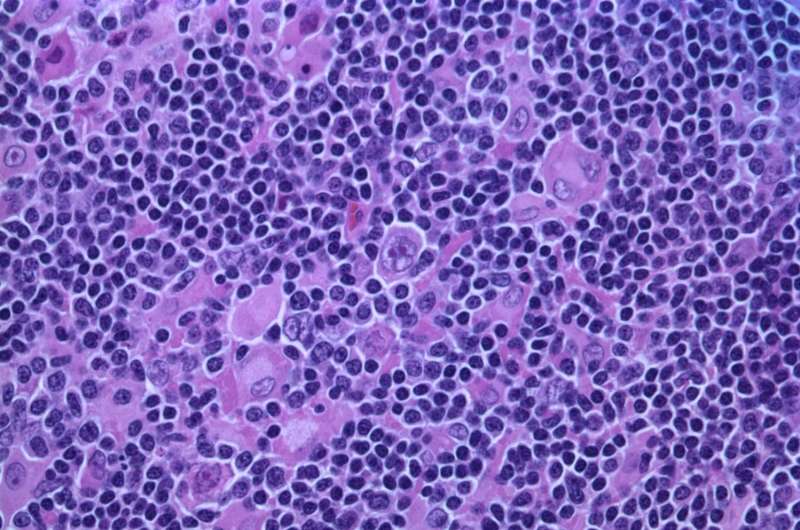Q&A: Essential Breast Cancer Facts That Could Save Lives

Learn essential facts about breast cancer, including risk factors, early warning signs, and the latest advancements in detection and treatment that could save lives during Breast Cancer Awareness Month.
October marks Breast Cancer Awareness Month, a critical time to shed light on a disease that impacts hundreds of thousands of Americans annually. In 2025 alone, it's estimated that over 317,000 women and nearly 2,800 men will be diagnosed with breast cancer in the United States, emphasizing the importance of awareness and early detection.
Research from experts like Dr. Zhaoli Liu at The University of Texas at Arlington highlights ongoing advancements in breast cancer detection and treatment. Dr. Liu, who has extensively studied breast cancer, especially in older women, underscores the importance of understanding the diverse signs and risk factors associated with the disease.
A common misconception is that breast cancer only affects women or manifests solely as a lump. In reality, men are also at risk, and warning signs can include changes in breast shape, skin alterations such as dimpling or redness, nipple inversion, or abnormal discharges. Young women, despite the common association with older age, can also be vulnerable. Regular screening and follow-up are vital, and treatment options now extend beyond mastectomies, often involving less invasive therapies.
Over recent years, awareness efforts coupled with advanced screening technologies like 3D mammography and genetic testing have significantly improved early detection rates. Personalized risk assessments allow for tailored interventions, leading to earlier diagnoses and better treatment outcomes.
Lifestyle factors also play a crucial role. Engaging in regular physical activity has been linked to a 10-20% reduction in breast cancer risk, with studies indicating that even minimal daily activity can decrease risk substantially. A diet rich in fruits, vegetables, and fiber, such as the Mediterranean diet, has shown protective effects, especially among postmenopausal women. Although research continues on diets like ketogenic or low-carbohydrate regimens, current evidence primarily supports healthy eating patterns in risk reduction.
Early recognition of warning signs—such as lumps, skin changes, nipple alterations, or persistent pain—is essential for prompt medical evaluation. Advances in targeted therapies, including antibody-drug conjugates and personalized oral treatments, are offering new hope to patients by attacking specific mutations within cancer cells more effectively and with fewer side effects.
Prevention strategies emphasize proactive health behaviors: maintaining a balanced diet, exercising regularly, limiting alcohol intake, avoiding tobacco, and adhering to recommended screening schedules, typically starting at age 40 or sooner with higher risk factors.
For many, understanding these facts and adopting healthy habits can significantly influence the course of breast health and potentially save lives.
Stay Updated with Mia's Feed
Get the latest health & wellness insights delivered straight to your inbox.
Related Articles
Lymphoma's Impact on Aging of Immune System and Tissues Beyond Treatment
A recent study reveals that lymphoma can accelerate aging in immune cells and tissues, independent of treatment, shedding light on systemic effects of cancer beyond tumor growth.
Innovative Stroke Risk Calculator Enhances Prediction for Atrial Fibrillation Patients
A groundbreaking blood test-based risk calculator improves prediction accuracy for stroke in atrial fibrillation patients, aiding personalized treatment decisions.



